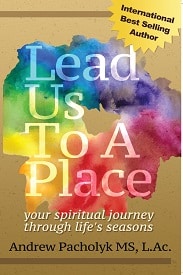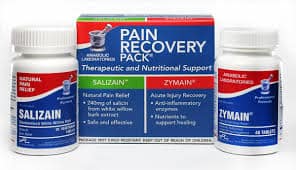
Exercise is what your body instinctively wants to do especially under stress: fight or flight, and it works. It burns off some of the stress chemicals which tension produces. Therefore, a tired muscle is a relaxed muscle. Regular exercise builds stamina that can help anyone battle stress. But even something as casual as a walk around the block can help you burn off some of the tension that you carrying around.
Exercise gives you energy. Study after study supports those words, including one by the National Aeronautics and Space Administration. More than 200 federal employees were placed on a moderate, regular exercise program. The results: 90 percent said they had never felt better. Almost half said they felt less stress, and almost one-third reported they slept better.
Don’t know where to start? START HERE
The 7 Minute Workout
Not sure were to start or are you a long-term exercise buff? Regardless, this scientifically proven set of exercises can increase cardiovascular affects, improve strength and invite better stamina.
RULE: Do each exercise for 30 seconds. As you continue to do this over time, decrease the wait time between exercises. Ideally, you should move from one exercise to the next, without stopping.
By decreasing the time between exercises, you increase the cardiovascular component.
Want a challenge? Has this become too easy for you? Do this set of exercises as a circuit training. Go through the entire 12 exercises, THEN repeat the entire set again!

Explanation of Exercises
1. Jumping Jacks: You may remember these from high school or any army movie from the past 30 years. Start with hands by your side, feet together. Jump feet apart-hands go over your head at the same time. Jump feet back together-hands back to your side. Try that for 30 seconds. Increase your speed as you go.
2. Wall Sit: Place your back against the wall. Slowly lower your buttocks down as if sitting on a chair. Keep your back against the wall as much as possible. Do not drop your buttocks below your knees. Hold for 30 seconds. Slowly push your body back up the wall, using your quads (leg muscles).
3. Push Ups: On the floor, hands under shoulders, abs tight, on your toes. Lower your body up and down, keeping your body as straight as a plank. Variations: lower knees to the floor and do the exercise, keeping knees connected to the floor. OR do these push ups at a counter top. Stand about 2 feet from the counter, arms shoulder width, abs tight. Push down and back for 30 seconds.
4. Abdominal Crunches: On the floor, your lower back is connected to the floor, knees up, feet flat on floor. Arms reach upward on a 45 degree angle. Keep neck relaxed, chin level with your chest, shoulders down. Lower back does not come off the floor. Tension in your neck? Cross your hands in front of your chest. Repeat for 30 seconds.
5. Step Up: Place the back of a chair against a wall. This prevents the chair from sliding away from you. Stand about 1 foot from the chair and step up with one foot, then the other. Step back down with one foot, then the other.
6. Squat: Stand straight, feet a little wider than shoulder distance apart. Your first squat is slow and controlled. Push your buttocks back as if you were going to sit in a chair (it should feel like it is sticking out behind you). Keep chin level with the floor as your raise your arms just to shoulder level. Keep your shoulders pulled down as your arms lift. Then, slowly, push back up (through your quads), pushing hips forward, lower your arms.
7. Tricep Dips: Place chair with back against the wall. Face away from the chair with arms on seat of chair. Fingers over the front of the chair. Feet should be out far enough so that you do not feel any strain in the lower back, knees bent. Simply bend your elbows as your buttock lowers toward the floor (without touching), then push back up using the muscles in the back of the arms.
8. Plank: This seems like a simple exercise, but it is geared to tone your core or center using time and gravity. On your elbows and toes, hold this plank position. Keep your abs tight and your back straight, as you hold for 30 seconds.
9. High knees running in place: The best way to do this exercise in order to avoid injury, is to keep your knees high and tight to your abs as you lift them up. Try to keep your back as straight as possible by keeping your abs tight.
10. Lunge: Feet together, step forward keeping your knee over your toes. Do not let your knees go past your front toes. Step back, then lunge forward with the other foot. Repeat for 30 seconds.
11. Push-up and Rotation: This combines one push-up and a half rotation away from the floor, raising one arm upward. This balancing-core improving exercise can be achieved by keeping your abs tight and moving slowly through the transition of the movement.
12. Side Plank: This variation on the plank, challenges you on the side of your arm. This keeps your whole body off the ground with one contact point. Keep your abs tight and head and shoulders in line with your hips!

Workout Trilogy
Stretching
The first time, inhale deeply as they go back, exhale as they relax. Repeat four or five more times, then inhale deeply again. Repeat the entire sequence four times. People under pressure have a tendency to clench their teeth. Dropping the jaw and rolling it helps make those muscles relax, and if you relax the muscles, you reduce the sensation of tension. Stretching helps relieve this tension.
This is a wonderful site for explaining all the benefits and proper ways to stretch...
Resistance/Weight Bearing
You need only to remember a few do-anywhere exercises:
*sit-ups for abdominal muscles
*push-ups for the arms, chest, and shoulders
*dips for the back of the arms
*squats for the muscles in the rear and front of the thighs
*calf raises for the lower portion of the leg.
You also might work some simple equipment into your regime. Both rubber bands and rubber tubing can add resistance, as can simple household items. To increase the resistance when you’re doing squats, for example, you can do something as simple as hold soup cans or milk jugs filled with water.
Cardiovascular
Energetic exercise, cardiovascular, a brisk walk three to five times a week, for 20 to 30 minutes each time and no later than 2 hours before bedtime are extremely beneficial. If you’re obese, if you need to drop 20 percent of your weight or more, losing weight will be a great help. Make sure you follow a sensible diet in combination with exercise.
Most experts believe that 3-5 times per week for a duration of 20-60 minutes at 60-90% of age-specific maximal heart rate or 50-85% of VO2max (heart rate reserve).
Target Heartrate: The general formula for the average person is 220 (-) your age times 60% and times 90% of HRmax. For example, a 30-year old would calculates their target zone using the above formula: 220-30=190. 190x.60=114 and 190x.90=171. This individual would try to keep his heartrate between 114 (low end) and 171 (high end) beats per minute.

How To: Get Exercise In Your Life
By increasing lifestyle activities each day, try doing four 10-minute increases at least five days a week. The idea is to just do more of what you are already doing.
Schedule exercise into your daily routine. You schedule dinner, you book appointments and plan meetings….exercise is no different!
Exercise with others. Join a gym, running group, dance club or exercise class. Moving with others motivates us, keeps our attention and holds us to the commitment.

Exercise Do’s & Don’t
Warming up before any exercise is essential. It warms the muscles, makes them more limber and easier to stretch, which results in a better workout. It also helps to prevent injury. Run on a treadmill, perform flexibility movements or jog for 30 minutes in order to engage all your muscle fibers before exercising.

Exercise Your Rights
Physical fitness needs to be “sensible mild to moderate exercise” that you enjoy. It also works best when you “schedule” it into your day like every other routine that you do. You eat breakfast, you go to work, you schedule a meeting…. you do the same with exercise! Here you will find the options available to guide you through a variety of exercises and its impact on disease.

Stretching for Pain
Next to breathing and breath work, stretching is the most beneficial exercises we can do for better health. Done in tandem, breath work and stretching are the best support for easing aches, pain, tension, headaches, tight muscles and unexplained pain elsewhere in the body. Just as there are different types of flexibility, there are also different types of stretching.
-
Sale!

3-Step Weight Loss Solution Kit
Original price was: $ 79.95.$ 75.95Current price is: $ 75.95. -
Sale!

5HTP
Original price was: $ 39.80.$ 34.95Current price is: $ 34.95. -

Acidophilus Pearls
$ 16.95 -

Aller-C
$ 29.95 -
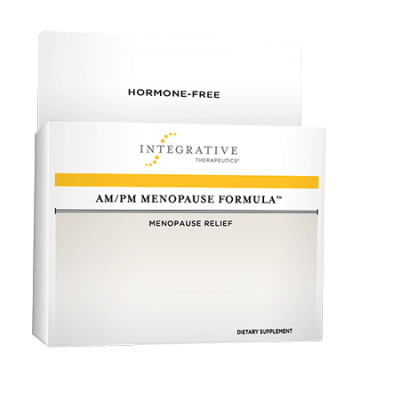
AM/PM Menopause Formula
$ 24.95 -

B-Complex Liquid
$ 29.95 -
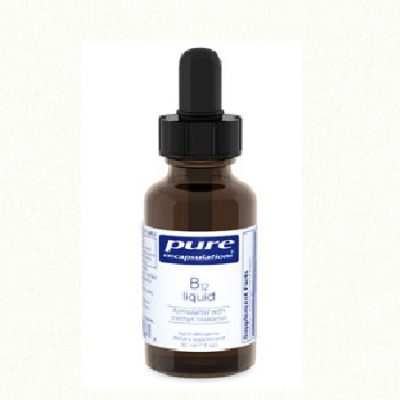
B12 Liquid
$ 18.95 -

Bromelain
$ 29.95 -

Calcium-Magnesium
$ 29.95 -

Chromium GTF 200 mcg 100 vcaps
$ 9.95 -

Chrysin 500
$ 29.95 -

Coenzyme Q10
$ 59.95 -
Sale!

Color Therapy Anti-Bacterial Soap
Original price was: $ 6.95.$ 5.95Current price is: $ 5.95. -

ColostrumPRO Powder
$ 64.95 -

DHEA 50 mg
$ 24.00 -

DIM Plus 60 caps
$ 22.95 -

DopaPlus Mood Support
$ 44.95 -

Flaxseed Oil Gel Caps
$ 19.95 -

Full Spectrum Diet and Kit
$ 39.95 -

G.I Detox 60 caps
$ 31.95 -

Garlic Allicillin™ 60 gels
$ 29.95 -
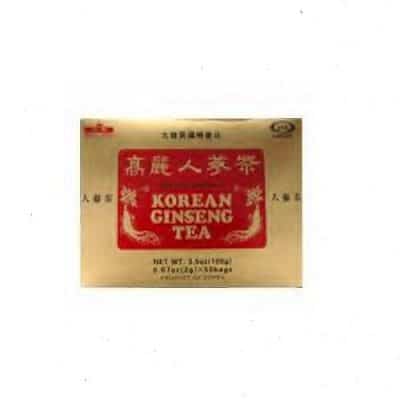
Ginger Tea Granules
$ 8.95 -
Sale!

Glucosamine Chondroitin with MSM
Original price was: $ 34.00.$ 29.95Current price is: $ 29.95. -

Glutamine
$ 29.95 -

Gluten/Dairy Digest
$ 38.00 -
Sale!

Happiness Supplement Pack for SAD
Original price was: $ 88.00.$ 79.95Current price is: $ 79.95. -
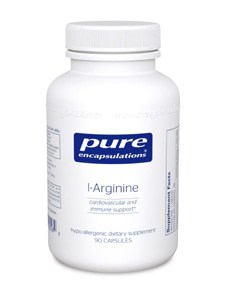
L-Arginine
$ 21.00 -

L-Tyrosine
$ 24.95 -

Lavender Stress Anxiety Pills
$ 39.95 -
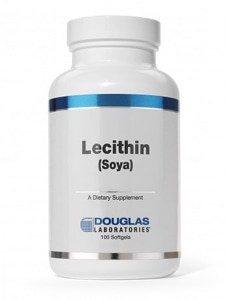
Lecithin 1200 mg 100 gels
$ 15.95 -

Melatonin
$ 14.95 -
Sale!
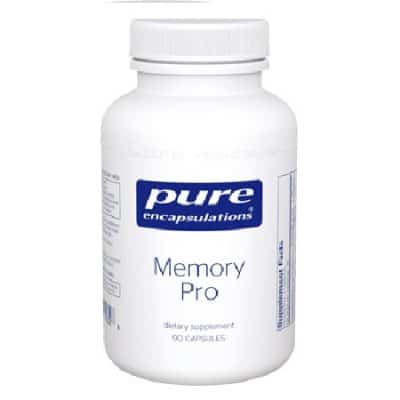
Memory Pro
Original price was: $ 54.00.$ 44.95Current price is: $ 44.95. -
Sale!

Men’s Nutrients Men’s Multi-vitamin
Original price was: $ 79.95.$ 69.95Current price is: $ 69.95. -

Moisturizing Pearl Cream
$ 26.00 -

Newton Eczema Homeopathic PRO
$ 29.95 -
Sale!

Pantothenic Acid
Original price was: $ 19.95.$ 17.95Current price is: $ 17.95. -

Pro-Omega-3 120 Lemon
$ 49.95 -

Pro-Omega-3 60 Lemon
$ 28.00 -
Sale!

Stevia Liquid Extract
Original price was: $ 14.00.$ 11.95Current price is: $ 11.95. -
Sale!
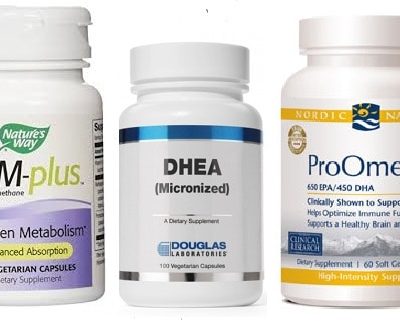
Testosterone Booster Pak
Original price was: $ 79.00.$ 67.50Current price is: $ 67.50. -

Turmeric (Curcumin) 300 mg 90 caps
$ 29.95 -

Turmeric Tabs
$ 24.95 -
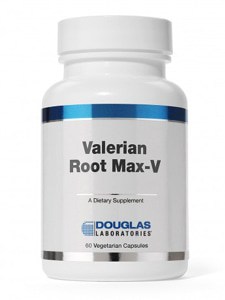
Valerian Root Capsules
$ 17.95 -
Sale!
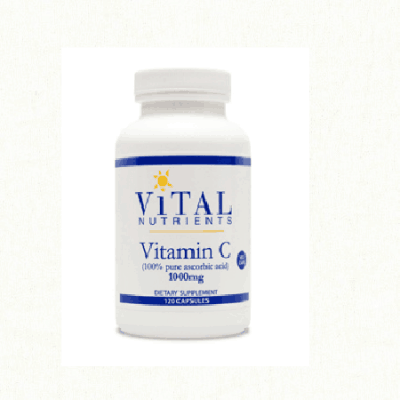
Vitamin C 1000 mg
Original price was: $ 21.95.$ 16.95Current price is: $ 16.95. -

Vitamin D3 Liquid
$ 28.00 -
Sale!

Vitamin E
Original price was: $ 21.95.$ 19.95Current price is: $ 19.95. -
Sale!
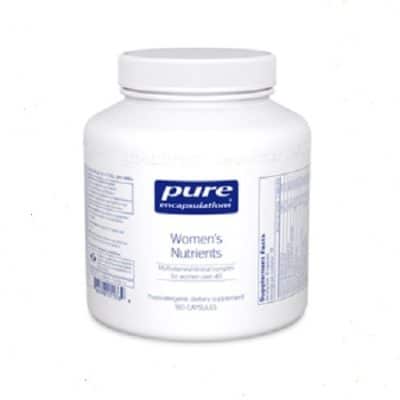
Women’s Nutrients Multi-Vitamin
Original price was: $ 79.95.$ 69.95Current price is: $ 69.95. -
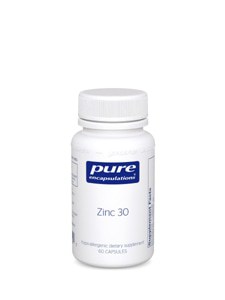
Zinc 30 60 vcaps
$ 12.95

Exercising Hard Enough?
With obesity becoming an epidemic in the United States, particularly among children, we need exercise more than ever! I get many emails a week about exercise and how and when to go about it. For most people who tell me “well, I walk to work” or “I’m at the gym 4 times a week….in the steam room”…..this is just not going to cut it, if you really want to transform your body….

How To Do A Proper Sit Up
The idea is to do a set of exercises in succession in order to exhaust the muscle groups to muscle failure, meaning to the point were the muscles are worked where you cannot do another rep. There are more wrong ways to do sit ups than there are right ways, and I see it all the time. Avoid stopping between sets, pulling on the neck, straining the lower back or overextending the from the core…

How To Handle Love Handles
You can spend hours and hours a week trying to reduce these “love rolls” by cardio assault or weighted side bends but to no avail! Aerobic activity is just one part of the entire equation need to reduce the “love sacks”. Weighted side bends will build the muscle under these “love bundles” and actually make them appear even larger! So how do you handle, love handles…..?

The Weakest Part of a Man
Over the years, I have had many male patients of all shapes and sizes. The majority of the times a man whom seeks treatment with me, tends to be searching for help in the three most important areas a man cares about, his sex drive, losing weight and coping with the signs of aging…
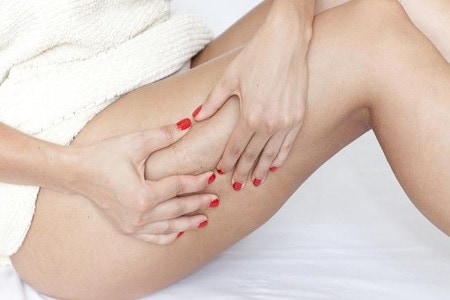
Cellulite and the Female Factor
Cellulite is fat, plane and simple. It can affect women of any age, although as women age, muscle is replaced by fat stores, the skin becomes thinner and and weaker, which makes cellulite more apparent. The fat on women’s thighs and buttocks is arranged in large chambers separated from each other by columns of connective tissue. Here is how to improve the look of cellulite…





